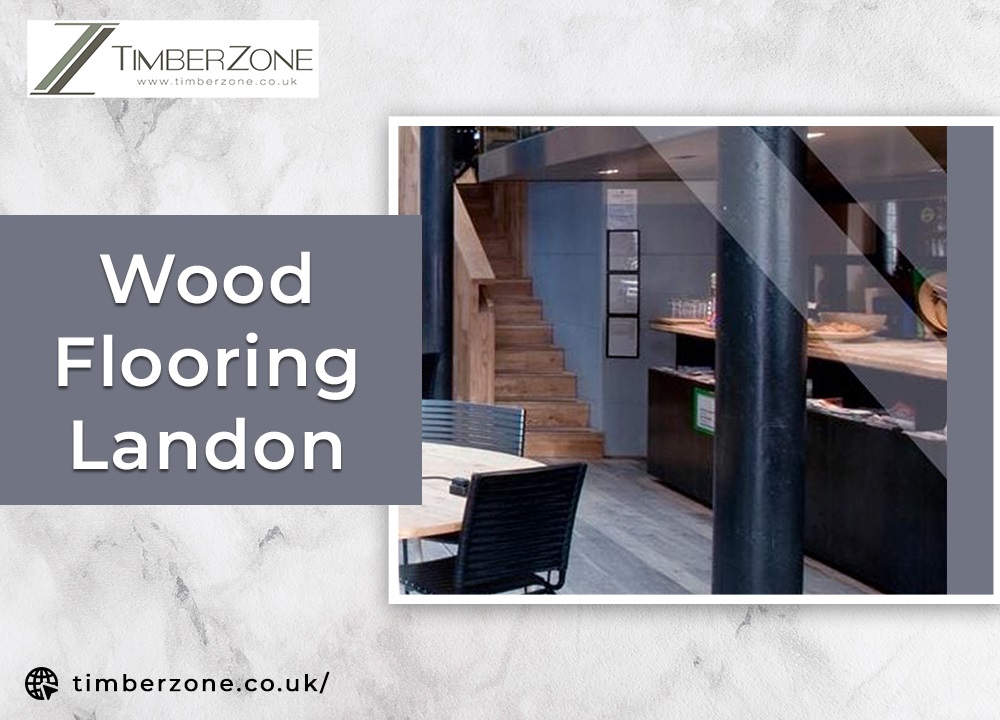A lot of homeowners would love to have hardwood flooring in more rooms of their homes, but they don’t like the feeling of cold wood on their feet.
Fortunately, modern technology allows homeowners to have an underfloor heating system beneath their wooden flooring. This is a warming system that raises the temperature of your wooden flooring. It can also add heat to the rooms of your home as well.
Have you ever walked barefoot on your wooden flooring? It is pretty cold, right? It gets even colder in the wintertime when the outdoor temperatures are below freezing. If you try to walk barefoot on freezing wooden flooring, it is going to be a rather unpleasant experience.
For this reason, you need to consider installing an underfloor heating system. It’ll heat your wooden flooring so that it stays warm at all times, even during the brutal cold of the winter months. Then you can stay comfortable as you walk around your house without any shoes or socks on your feet.

Heat is distributed evenly throughout each room that has wooden flooring. The underfloor heating system is a smaller unit than your average radiator, and yet, it can do a better job of heating your rooms than a radiator. This means you will save more money on your electric bill each month because the underfloor heating system does not consume nearly as much power as a radiator. More importantly, the temperature of your rooms will stay heated too.
Choosing the Right Wood
Underfloor heating doesn’t work with all types of wood. The thermal conductivity of the wood must be taken into consideration. In general, if you have thin wooden flooring, then it will be easier and quicker for the underfloor heating system to heat the wood. This also means the system won’t have to work as hard to get the flooring at the right temperature.
You have a choice between engineered wood and hardwood. The cheaper of the two is engineered wood. It is made to look like natural wood, and it absorbs heat well. Hardwood is completely natural, but also a little more expensive. As long as you choose dense wood, then it will have a high level of thermal conductivity.


